Part 1 of 2 Parts
For fusion power researchers, hitting “breakeven” is something of a Holy Grail. It is the point at which a fusion reaction produces more power than was required to ignite it. Only one scientific experiment, at the U.S. National Ignition Facility (NIF), has accomplished that feat. It took over a decade of tweaking the system to achieve the monumental result.
The National Ignition Facility (NIF) is a laser-based inertial confinement fusion (ICF) research device located at Lawrence Livermore National Laboratory in Livermore, California, United States. Its mission is to achieve fusion ignition with high energy gain.
Zap Energy is constructing a seriously cheap, compact, scalable fusion energy technology with potentially the shortest path to commercially viable fusion and orders of magnitude less capital than traditional approaches. This breakthrough technology confines and compresses plasma without costly and complex magnetic coils.
Benj Conway is the co-founder and CEO of Zap Energy. He said, “The day of the NIF result was, obviously, this incredibly celebrated scientific result. They all deserve Nobel Prizes. But you know, the day after, the question is, well, so what? What next?”
While the NIF has managed to improve upon its first result, its device is considered to be a dead end. It was only meant to probe the limits of physics, not sell power to the grid.
Zap’s answer, so far, is a new device it calls Century. It recently raised a one hundred and thirty million dollars Series D. After keeping the details of the Century project under wraps for several months, the startup gave reporters a peek under the hood recently. They shared exclusive details about its operation and what they hope to learn by using it.
Zap is taking a unique approach to fusion power known as sheared-flow-stabilized Z-pinch process. Instead of using magnets or lasers to squeeze the plasma, it sends a bolt of electricity through a stream of plasma. That current generates a magnetic field that compresses the plasma and ends up creating a fusion reaction. The company has been researching the phenomenon through a series of devices at its facilities in Washington state.
Z-pinch fusion has been around since the 1950s, but it was deemed ineffective because the plasma created fizzles out incredibly quickly. The company claims that its sheared-flow stabilization can extend the lifespan of the plasma produced almost indefinitely. This allows it to continue to generate energy for as long as needed.
Century is designed to simulate fusion power plant operation by firing high-voltage pulses of power every ten seconds for more than two hours. This will permit Zap to test power supplies, plasma-facing circulating liquid metal walls, and its technology to try to reduce electrode damage in the reactor.
Conway said that Century isn’t just another physics testbed. He continued, “Our focus is not just on physics, but also on systems engineering. We’re not just a plasma physics company. We’re developing all of the key enabling technologies that we’re going to need to deliver commercial fusion. We think that doing all of this in parallel — everything all-together, all-at-once type thing — is the fastest way to actually deliver a commercial product. Century is the incarnation of that.”
Category: Nuclear Fusion
-
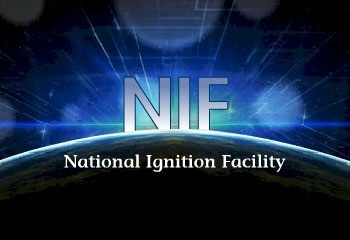
Nuclear Fusion 86 – Zap Energy Developing Unique Fusion Reactor The Utilizes Z-Pinch – Part 1 of 2 Parts
-

Nuclear Fusion 86 – General Atomics Breaks Through the Greenwald Limit – Part 2 of 2 Parts
Part 2 of 2 Parts (Please read Part 1 first)
Previous attempts to exceed the Greenwald limit often resulted in reduced plasma confinement or complete loss of fusion reactions. The success of the GA team in achieving both high density and strong confinement allows new possibilities for designing more efficient and reliable fusion reactors.
Another major problem for fusion reactors like tokamaks is controlling the instabilities that can develop within the plasma. These instabilities, if not dealt with, can disrupt the reactor’s operations and damage its components. The recent research from GA not only surpassed the Greenwald limit but also hinted at potential methods for managing these instabilities.
The researchers mentioned a “synergy” between achieving high plasma density and maintaining high confinement, which could lead to a more stable state for the plasma. This indicates that it may be possible to achieve conditions where the plasma remains stable at even higher densities. This would reduce the risk of disruptions that have previously been a major challenge.
Fusion reactors also have to deal with the challenge of balancing temperatures within the plasma. To initiate fusion, the core of the plasma must reach hundreds of millions of degrees Celsius. The outer edge, which comes into contact with the reactor walls, needs to be kept much cooler to prevent damage. Achieving and maintaining this balance is critical for the reactor’s efficiency and longevity.
The research from GA provides new insights into how to maintain this temperature gradient effectively. Understanding the physics that governs the temperature distribution within the plasma is critical in designing reactors that are both compact and efficient. These insights bring engineers closer to solving one of the critical challenges that have held back the development of practical fusion power.
The breakthrough by the GA team represents an important step towards achieving commercially viable fusion power. By breaking through the Greenwald limit and demonstrating improved plasma confinement, they have provided new opportunities for more efficient fusion energy production. This development could allow for the creation of fusion reactors that are capable of operating under conditions necessary for sustained and efficient power generation.
While there is still a great deal of work to be done before fusion power becomes a reality, the progress made by these researchers is a clear indication that we are moving in the right direction. Achieving stable, high-density plasma in a controlled environment is one of the key milestones on the road to fusion energy. The recent advances are an encouraging sign that the dream of clean, limitless energy may one day become a reality.
Nuclear fusion is a promising source of clean and sustainable energy. However, creating and maintaining the conditions for fusion is extremely challenging. Tokamak reactors utilize magnetic fields to confine the hot plasma needed for fusion, but plasma density is limited by the Greenwald limit, beyond which instabilities disrupt confinement. The GA team has successfully surpassed the Greenwald limit, achieving plasma density twenty percent higher while maintaining superior confinement. This breakthrough addresses a major obstacle for practical fusion reactors, making it possible to achieve and maintain conditions required for efficient fusion. The research also provides insights into managing plasma instabilities and balancing core and edge temperatures which are critical for reactor efficiency. These advancements mark a significant step towards the creation of commercially viable fusion reactors. -
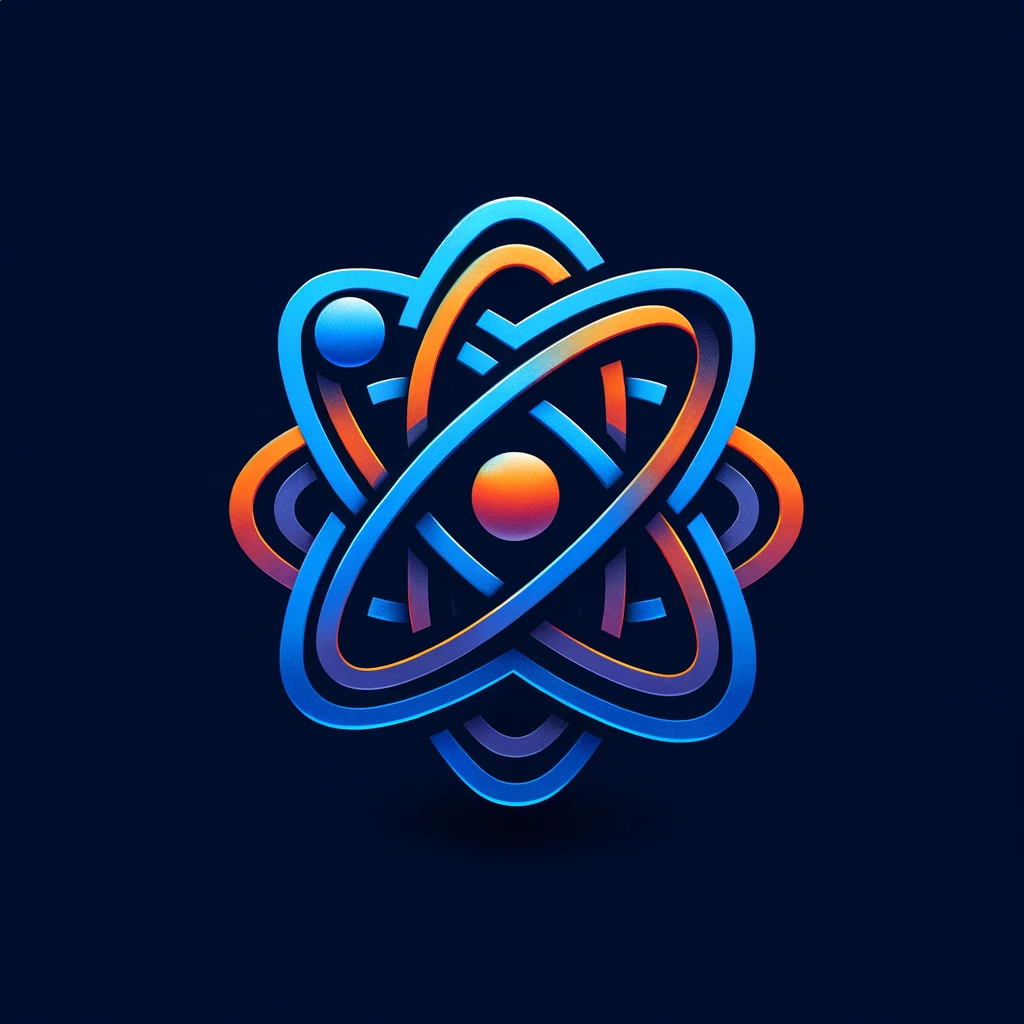
Nuclear Fusion 85 – General Atomics Breaks Through the Greenwald Limit – Part 1 of 2 Parts
The Deep Atomic (DA) MK60 small modular reactor (SMR) design has been developed specifically to provide power and cooling to data centers.
The MK60 is a light water SMR incorporating multiple passive safety systems. DA states that it is “compact, scalable, and built on a foundation of proven technology”. Each unit generates up to sixty megawatts and provides an additional sixty megawatts of cooling capacity through its “integrated data center-centric design approach”.
DA is headquartered in Zurich, Switzerland. It says that the reactor is well-suited to various types of data centers, including those supporting traditional cloud services, cryptocurrency operations, and AI applications.
William Theron is the founder of DA and CEO. He says, “Data centers are the backbone of digital innovation, but their massive energy needs have become the critical bottleneck blocking growth.”
The MK60 is said to offer data center operators a scalable power solution that can be deployed in various locations, including areas with limited grid access. The reactor can be sited closer to urban areas due to its advanced safety features.
Theron said, “It’s designed to be installed on-site at data centers, delivering reliable zero-carbon electricity and energy-efficient cooling, thereby significantly reducing carbon footprints, and helping data centers meet their increasingly stringent sustainability goals.”.
Freddy Mondale is the Head of Engineering for DA. He noted that many areas were struggling to provide the amounts of power that new data centers require. “Our on-site reactors bypass these grid limitations, allowing data centers to be built in optimal locations without straining existing infrastructure.”
Mondale says that a sixty megawatts reactor with additional sixty megawatts of cooling capacity “hits a sweet spot for data centers. It’s large enough to power significant compute infrastructure, yet small enough to allow for modular deployment and scaling”.
Mondale added that “The MK60 can be deployed in multiples, allowing scalability from 60 MW up to over 1 GW to meet growing energy demands.”
DA says it has already begun dialogues with regulators and potential customers as it moves forward with development. The company is seeking partnerships with data center operators and other investors who are “looking towards the future of sustainable digital infrastructure”.
DA’s announcement of the MK60 follows several announcements by global tech giants related to nuclear energy.
Microsoft announced last September that it had signed a twenty-year power purchase agreement with Constellation that will see the restart of Three Mile Island Unit 1. Google announced last week it had agreed to purchase energy from Kairos Power in a deal that would support the first commercial deployment of its fluoride salt-cooled high-temperature advanced SMRs by 2030 and aim for a fleet totaling five hundred megawatts of capacity by 2035. The following day, Amazon announced a series of agreements in which it will acquire a stake in advanced nuclear reactor developer X-energy and roll out its Xe-100 advanced SMR initially at a project in Washington State.
Meanwhile, the head of Japanese cloud-based gaming services provider Ubitus KK has said that it is planning to build a new data center and is specifically looking at areas with nearby nuclear power plants to provide the required power. -
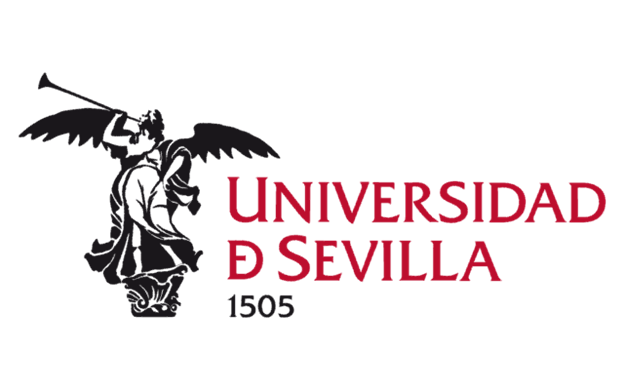
Nuclear Fusion 84 – University of Seville and Princeton Plasma Physics Laboratory Working On New Tokamak Design
An international team is constructing a revolutionary nuclear fusion reactor in Spain called SMall Aspect Ratio Tokamak (SMART) to address future energy demands. Academics are currently publishing a series of papers describing the cutting-edge technology that powers SMART.
The Princeton Plasma Physics Laboratory (PPPL) is collaborating with the Spanish University of Seville on the design and development of a new fusion reactor design.
Jack Berkery is the principal investigator for the PPPL collaboration with SMART. He said that “The SMART project is a great example of us all working together to solve the challenges presented by fusion and teaching the next generation what we have already learned. We have to all do this together or it’s not going to happen.” Together with PPPL’s experience in magnetics and sensor systems, the SMART project benefits from PPPL computer codes.
Fusion reactors work on the same principle that powers the stars. They combine hydrogen and other light elements to produce helium and release enormous amounts of energy. In contrast to fission-based nuclear energy reactors currently in use, fusion offers the potential to produce huge amounts of energy with less waste and risk.
Previous attempts to produce fusion have resulted in more energy being used than produced. Reaching a net positive energy output has remained a challenging task. When a team from the U.S. managed to deliver seven tenths of a megajoules of energy in 2022, it was considered a tremendous feat.
Although fusion energy is still years away, the SMART project intends to move closer to that goal. SMART is a new spherical tokamak fusion reactor that explores negative versus positive triangularity prospects. SMART has a unique design that incorporates a tokamak cross-section and negative triangularity
Manuel Garcia-Munoz is a professor at the University of Seville. According to him, a negative triangularity could provide improved performance. He added that “It’s a potential game changer with attractive fusion performance and power handling for future compact fusion reactors. Negative triangularity has a lower level of fluctuations inside the plasma, but it also has a larger divertor area to distribute the heat exhaust.”
The novel structure increases performance by suppressing plasma instabilities, which may cause energy loss and possibly even damage to the walls of the nuclear reactor. Garcia-Munoz explained that “The idea was to put together technologies that were already established: a spherical tokamak and negative triangularity, making SMART the first of its kind. It turns out it was a fantastic idea.”
Researchers are currently investigating advanced diagnostic methods to track plasma conditions in the experiments. The tools created in collaboration with PPPL will evaluate the plasma’s stability and impurity. This will guarantee a more effective fusion process, noted the press release from Monday.
In the search for sustainable energy solutions, the SMART project offers the promise of revolutionizing energy generation. The project hopes to achieve first plasma by late 2024. And, as global cooperation continues, the goal of using fusion energy to supply huge amounts of power the grid is getting closer to reality. -

Nuclear Fusion 83 – New Method Discovered To Allow Better Separation Of Hydrogen Isotopes
Elementary hydrogen has three isotopes: protium, deuterium, and tritium. These isotopes play a critical role in hydrogen fuel production, nuclear fusion, and the development of advanced pharmaceuticals.
However, it’s very difficult to isolate these isotopes at room temperature. This is because they have similar sizes and shapes. In addition, each of them has one proton and one electron, leading to similar chemical and thermodynamic properties. The methods currently used for separating hydrogen isotopes are resource-intensive as they require extreme conditions to work.
Knut Asmis is a chemistry professor at Leipzig University. He said, “It has been known for almost 15 years that porous metal-organic frameworks can, in principle, be used to purify and separate hydrogen isotopes. However, this has only been possible at very low temperatures, around minus 200 degrees Celsius—conditions that are very costly to implement on an industrial scale.”
Asmis and his colleagues recently published a report that provides important insights into how hydrogen isotopes can be isolated at room temperature and at a low cost. Their research reveals that the secret is water ligand.
When porous metal ions such as Cu+ interact with hydrogen under extreme conditions, they perform selectively absorption of the different isotopes. The study authors note that “Adsorption is a process by which atoms, ions, or molecules from a gas or liquid adhere to a solid, often porous, surface”.
During their study, the researchers discovered that when water molecules are used as ligands with the copper ion, the metal becomes better at attracting and holding hydrogen molecules. In addition, the resulting copper-water complex is better at distinguishing the energy difference in the bonds between H2 (regular hydrogen) and D2 (heavy hydrogen) compared to bare copper.
The authors continue that “Combining experimental and computational methods, we demonstrate a high isotopologue selectivity in dihydrogen binding to Cu+(H2O), which results from a large difference in the adsorption zero-point energies (2.8 kJ mol−1 between D2 and H2, including an anharmonic contribution of 0.4 kJ mol−1).”
Unlike bare copper ions, the copper water complex doesn’t need large amounts of energy to achieve hydrogen isotope isolation. This suggests that it might lead to more efficient, less resource-intensive, and highly cost-effective ways of obtaining hydrogen isotopes.
The research shows that porous metal complexes with water ligands are promising candidates for hydrogen isotope isolation. It also suggests that metal-water complexes might be used to study chemical reactions that take place at particular sites in large systems.
The authors added that “These systems are ideal model complexes for gas-phase studies of the chemistry at individual active sites as they occur in framework materials.”
Asmis and his team also carried out spectroscopy and complex quantum calculations to understand the interaction between the hydrogen isotopes in detail. Their findings may reveal more practical ways of selective absorption of isotopes.
Thomas Heine is one of the study authors and an expert in theoretical chemistry at Technische Universität Dresden. He said, “For the first time, we have been able to show the influence of the individual atoms of the framework compounds on adsorption. We can now optimize them in a targeted manner in order to obtain materials with high selectivity at room temperature.” -
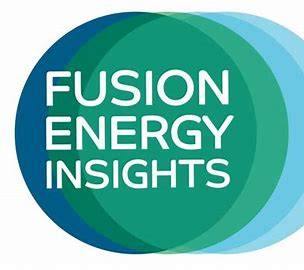
Nuclear Fusion 82 – China May Soon Surpass The U.S. In Funding Fusion Research – Part 3 of 3 Parts
Part 3 of 3 Parts (Please read Parts 1 and 2 first)
In the early 1950s, the U.S. military tested a series of nuclear weapons in the Pacific Ocean that were “boosted” by gases that created a fusion reaction. This resulted in explosions that were seven hundred times more powerful than the Hiroshima blast.
Sustaining nuclear fusion for long periods is much more challenging than using it in nuclear weapons. While China races ahead with its tokamaks, the U.S. is finding an edge in other technology such as lasers.
In late 2022, scientists at the Lawrence Livermore National Laboratory in California shot nearly two hundred lasers at a cylinder holding a fuel capsule the size of a currant, in the world’s first successful experiment to generate a net gain of fusion energy. This indicates that more power came out of the process than was used to heat the capsule (though they didn’t count the energy needed to power the lasers).
There are additional ways to achieve nuclear fusion, and the U.S. is hedging its bets with research on a variety of technologies. It is definitely possible that this approach could pay off.
Melanie Windridge is a U.K.-based plasma physicist and CEO of Fusion Energy Insights, an industry monitoring organization. She said that “We don’t know exactly which is going to be the best concept, and it may not be one.” There may ultimately be several viable approaches for fusion power, she told an interviewer. “And then it will come down to costs and other factors in the longer term.”
Windridge said that the tokamak is the best-researched concept. “Over time, it’s had the most research put into it, so it’s the most advanced in terms of the physics. And a lot of the private companies are building on that.”
With all the money China is putting into research, the tokamak technology is rapidly evolving. China’s EAST tokamak in Hefei held plasma stable at seventy million degrees Celsius which is five times hotter than the core of the sun for more than seventeen minutes. This represents a world record and an objectively astonishing breakthrough.
Mikhail Maslov is with the U.K. Atomic Energy Authority. He described the Chinese breakthrough as an “important milestone,” adding that running long plasma pulses remains one of the biggest technical challenges to commercializing fusion energy.
While China’s government pours money into fusion, research in the U.S. has attracted far more private investment. Globally, the private sector has spent seven billion dollars on fusion in the last three to four years, eighty percent of which has been by U.S. companies, according to Allain.
Allain said that “In the U.S., what you have is that entrepreneurial spirit of being able to really think outside the box and innovate and really address some of these gaps, not just in science, but also in the technology.”
However, if the Chinese government continues to invest more than one billion a year, that could soon eclipse U.S. spending on fusion research, even in the private sector. And if those fusion investments pay off, colorful celebrations in Shanghai will not only be powered by fusion, but they will also cast China in a whole new light. -

Nuclear Fusion 81 – China May Soon Surpass The U.S. In Funding Fusion Research – Part 2 of 3 Parts
Part 2 of 3 Parts (Please read Part 1 first)
Utilizing high temperature superconduction, the ES magnets are more powerful than the copper ones used in older tokamaks. According to MIT scientists researching the same technology, they permit smaller tokamaks that can generate as much fusion energy as larger ones, and they can better confine plasma.
The company is planning to build a second-generation tokamak to prove its methods are commercially viable by 2027. It expects a third-generation device that can feed power to the grid before 2035.
Andrew Holland is the CEO of the Washington, D.C.-based Fusion Industry Association. He said that in contrast, the tokamaks in the U.S. are aging. As a result, the U.S. researchers have to rely on allies’ machines in Japan, Europe and the UK to further its research.
Holland discussed a new five hundred and seventy million dollars fusion research park in eastern China under construction, called CRAFT, on track to be completed next year.
Holland continued, “We don’t have anything like that. The Princeton Plasma Physics Laboratory has been upgrading its tokamak for ten years now. The other operating tokamak in the U.S., the DIII-D, is a thirty-year-old machine. There are no modern fusion facilities at American national labs.”
There is a growing unease in the U.S. nuclear industry that China is beating America at its own game. Some of the next-generation tokamaks China has built, or plans to, are essentially “copies” of U.S. designs. They use components that resemble those made in the U.S.
Holland said that China’s state-funded BEST tokamak, which is expected to be completed in 2027, is a copy of one designed by Commonwealth Fusion Systems, a company in Massachusetts working with MIT. The two designs incorporate the same kind of advanced magnets ES is using. Another machine being built by a private Chinese company appears to be very similar to one designed by the U.S. company Helion. He added that there is “a long history” of China copying American tech.
Holland continued that “They’re fast followers and then take the lead by dominating the supply chain.” Using solar panel technology as an example he added that “We’re aware of this and want to make sure that’s not the way it goes forward.”
The China’s National Energy Administration was asked whether state-funded fusion research had copied or been inspired by U.S. designs. They have not replied to yet to the inquiry.
Nuclear fusion is a highly complex process that involves forcing together two nuclei that would normally repel each other. One way to do that is to increase temperatures in a tokamak to the tune of one hundred and fifty million degrees Celsius. That is ten times the temperature of the sun’s core. When they bind, the nuclei release a huge amount of energy as heat, which can then be used to turn steam turbines and generate power.
The U.S. has been a fusion leader for decades. It was the first nation to apply fusion energy in the real world — in a hydrogen bomb.
Please read Part 3 next -
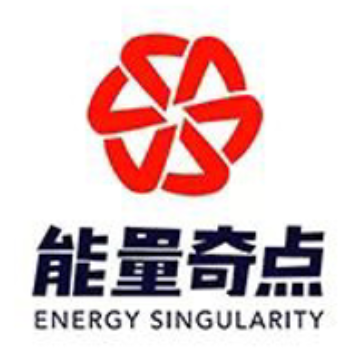
Nuclear Fusion 80 – China May Soon Surpass The U.S. In Funding Fusion Research – Part 1 of 3 Parts
Part 1 of 3 Parts
The bustling city of Shanghai marks national celebrations with world-famous light shows, illuminating its skyscrapers with dazzling colors, like beacons of Chinese innovation.
It is here that scientists and engineers work tirelessly to pursue the next big thing in global tech, from 6G internet and advanced AI to next-generation robotics. It is also here, on an unassuming downtown street, a new small start-up called Energy Singularity (ES) is working on something extraordinary. ES has entered the hot field of nuclear fusion energy research.
U.S. companies and industry experts are concerned that America is losing its decades-long lead in the race to master this near-limitless form of clean energy. New fusion companies sprout across China, and Beijing outspends D.C.
Nuclear fusion is the process that powers the sun and other stars. It is extremely difficult to replicate on Earth. Many countries have achieved fusion reactions. However, sustaining them for long enough to use in the real world remains elusive. Mastering nuclear fusion is an enticing prospect that promises wealth and global influence to whichever nation tames it first.
The most important aspect of fusion energy is its sheer efficiency. A controlled fusion reaction releases around four million times more energy than burning coal, oil or gas. It is also four times more efficient than nuclear fission, the kind of nuclear energy used today. It won’t be developed in time to fight climate change in this crucial decade. However, it could be the solution to future warming.
Jean Paul Allain leads the U.S. Energy Department’s Office of Fusion Energy Sciences. He said that the Chinese government is pouring money into the venture, putting one billion to one and a half billion dollars annually into fusion. In comparison, the Biden administration has funded fusion research with around eight hundred million dollars a year. Allain added, “To me, what’s more important than the number, it’s actually how fast they’re doing this”.
Private companies in both countries are optimistic, saying they can get fusion power on the grid by the mid-2030s. However, enormous technical challenges still remain.
The U.S. was among the world’s first country to move on fusion research in earnest since the early 1950s. China’s entry into fusion research came later that decade. More recently, the pace of fusion research has accelerated. Since 2015, China’s fusion patents have surged, Now it has more patents than any other country, according to industry data published by Nikkei.
Energy Singularity, the start-up in Shanghai, is one example of China’s accelerating fusion research. It built its own tokamak in the three years since it was established, which is faster than any comparable reactor that has ever been built. A tokamak is a highly complex cylindrical or donut-shaped machine that subjects hydrogen to extreme temperatures and pressures, forming a soup-like plasma in which the nuclear fusion reaction occurs.
For a fledgling company working on one of the world’s most difficult physics challenges, ES is incredibly optimistic, and it has reason to be. It has received more than one hundred and twelve million dollars in private investment. It has also achieved a world first. Its current tokamak is the only one in the world to have used advanced magnets in a plasma experiment.
Please read Part 2 next -
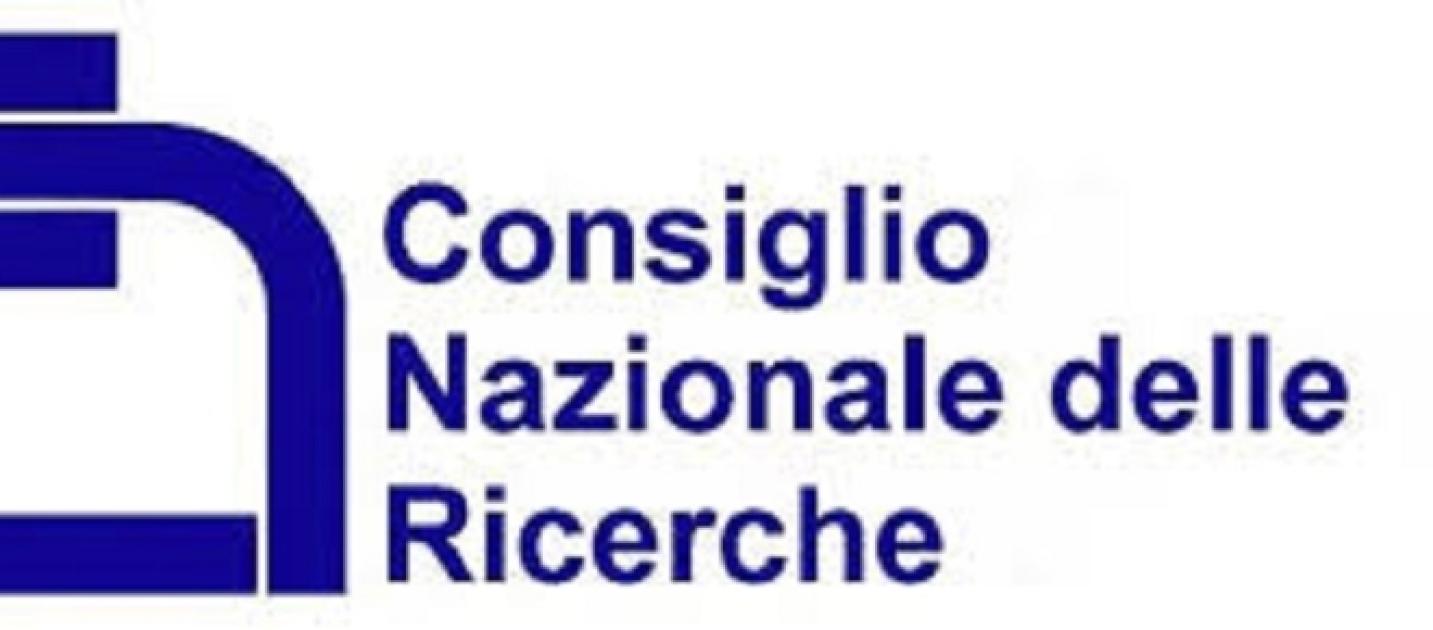
Nuclear Fusion 79 – Researchers At Consiglio Nazionale delle Ricerche Are Using Gamma Rays To Track Power Output Of A Magnetic Confinement Fusion Reactor
Nuclear fusion research is rapidly expanding in the U.S. and across the globe. One of the important issues with respect to the magnetic confinement approach is how to accurately measure the actual power produced by a fusion reactor.
Currently, magnetic confinement fusion devices such as tokamaks and stellarators rely completely on absolute neutron counting as a direct way of measuring fusion power.
Fusion researchers say, “This technique presents several difficulties: the emission and the transport of neutrons from an extended source like the tokamak, and their interaction with reactor materials, require the use of complicated simulation codes, as well as long and costly calibration campaigns to validate the codes.”
Researchers have developed a groundbreaking new method for measuring power in nuclear fusion reactors. They have discovered that gamma rays which are produced during the deuterium-tritium nuclear reaction, can serve as a highly accurate and alternative means of measuring the power output of new fusion reactors.
The new method makes use of the gamma-ray-to-neutron branching ratio in the deuterium-tritium reaction, a measurement that was previously unidentified. The researchers have found a way to count the rare gamma rays emitted during a fusion reaction. By counting the gamma rays emitted during a fusion reaction, researchers can now obtain valuable information about fusion power, independent of traditional neutron counting techniques.
The research team explained that “Absolute counting of deuterium-tritium gamma rays could provide the secondary neutron-independent technique required for the validation of scientific results and as a licensing tool for future power plants.” This novel method involves the precise measurement of two particular gamma rays with energies around thirteen million electron volts and seventeen million electron volts.
Marica Rebai is a researcher at Consiglio Nazionale delle Ricerche (CNR-ISTP) and an author of the study. She said, “From this measurement, never before carried out with sufficient accuracy, it was possible to determine the energies and relative intensities with which the two gamma rays are emitted. This gamma ray emission process has a relative probability (called branching ratio) which is much lower than that of fourteen million electron volts neutron emission.”
Andrea Dal Molin and Davide Rigamonti led another study on the same subject. They said that this work enabled them to find that one gamma ray is emitted for every forty-two thousand fourteen million electron volts produced.
Dal Molin and Rigomonti added that “It paves the way for the use of absolute gamma-ray measurement as a new alternative and complementary method to neutron measurements for determining the power achieved in new fusion reactors based on the deuterium-tritium reaction, such as ITER and SPARC”.
The International Thermonuclear Experimental Reactor (ITER) is a global collaborative effort focused on proving the viability of fusion power. It requires two independent methods for precisely measuring the power it generates.
Marco Tardocchi is a research director at CNR-ISTP. He said that “Until now, the absence of a direct and alternative method to absolute neutron counting has been an obstacle to the independent validation of results obtained from ongoing experiments and the authorization of future commercial plants.” -

Nuclear Fusion 78 – Tokamak Energy Is Working On A Vanadium Alloy For Tokamak Reactors
The rising demand for clean energy around the globe has pushed innovators to explore better alternatives to fossil fuels. A nuclear fusion company with over a decade’s experience is now ready to speed up development of its oxidation-resistant vanadium alloys for fusion breeder blankets in spherical tokamaks.
Tokamak Energy is a private firm. It plans to deliver commercial fusion energy in the 2030s. The company intends to provide a clean, secure, affordable, and readily available energy source for everyone.
The firm has received a U.S. Department of Energy (DOE) INFUSE award to accelerate its plans. The INFUSE program is focused on accelerating fusion energy development through public-private research partnerships. It involves the expertise and unique resources available at DOE laboratories and universities.
Michael Ginsberg is the president of Tokamak Energy Inc. He said, “Vanadium alloys are the leading candidate materials for breeder blanket structures in fusion power plant designs with flowing liquid lithium. This new project will push our understanding forward on the path to delivering clean and secure commercial fusion in the 2030s.”
Vanadium alloys have great potential as candidate materials for breeder blanket structures breeder in fusion reactor designs, vanadium alloys offer excellent lithium compatibility. These alloys have superior high-temperature mechanical properties when compared to reduced activation ferritic-martensitic steels and other structural materials.
Fusion reactor blanket design activities at Tokamak Energy have shown that a self-cooled liquid lithium blanket without an electrical insulator coating may not be practical due to the magnetohydrodynamic (MHD) pressure drop and the resulting parasitic load. A dual-cooled design with helium as the coolant removes the need for an insulator coating and provides a more accessible design point.
Vanadium alloys have not been considered for dual-cooled designs because of concerns with oxidation and embrittlement by the uptake of interstitial atoms including oxygen, carbon, nitrogen, or hydrogen. To facilitate development of a dual-cooled blanket design with liquid Li as the breeder, a vanadium alloy with improved oxidation resistance and equivalent or better mechanical properties compared to the well-studied vanadium alloy V-4Cr-4Ti is required.
It is the ninth INFUSE award granted to Tokamak Energy which is one of eight private companies selected by the (DOE) as part of the U.S.’s ten-year vision for delivering commercial fusion.
Tokamak Energy will be working with Oak Ridge National Laboratory and the University of Birmingham on the vanadium project. This research could expand the use of these materials, enable new design avenues, enhance safety, and improve plant efficiency.
Jean Paul Allain is the DOE Associate Director of Science for Fusion Energy Sciences. He said, “The INFUSE selections showcase our continuing commitment to the fusion industry in the U.S. and our goal to share widely unique capabilities at national laboratories and U.S. universities. Partnering with businesses and working together is a win-win for our fusion industry, the DOE, and the nation.”
If this research is successful, this project could lead to the development of an advanced vanadium-based alloy with enhanced oxidation resistance. This could possibly expand the use of these materials to more diverse environments, enable new design avenues, enhance safety under accident conditions, and improve plant efficiency.
